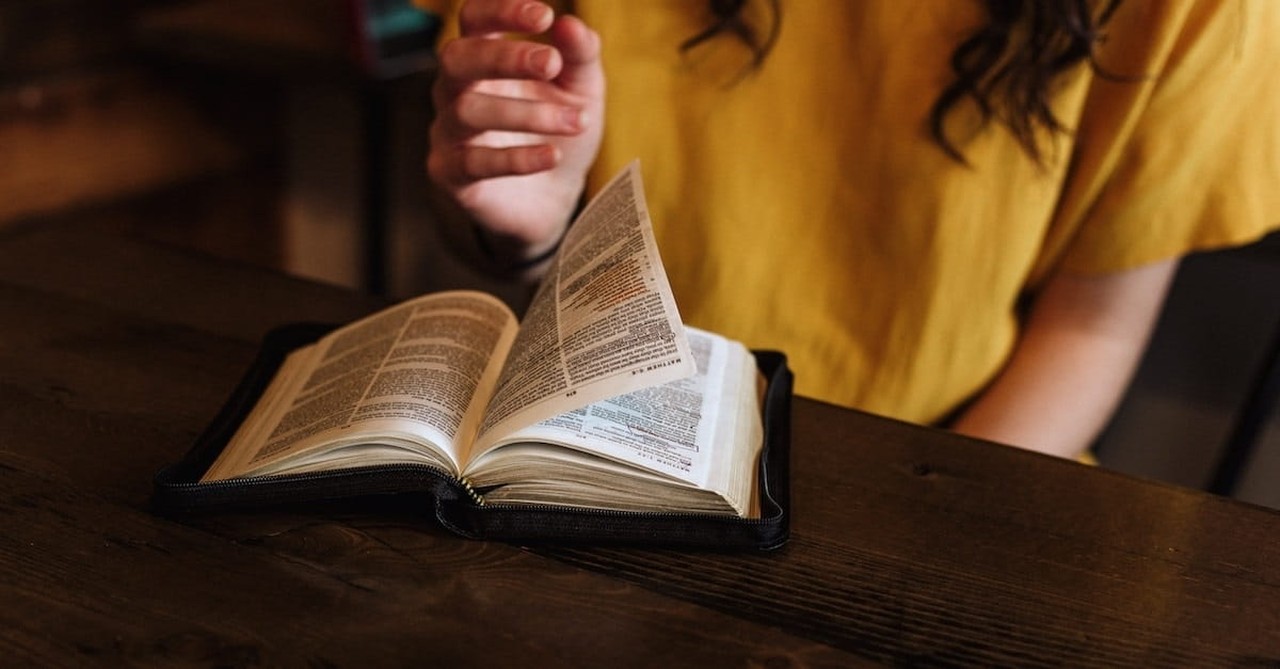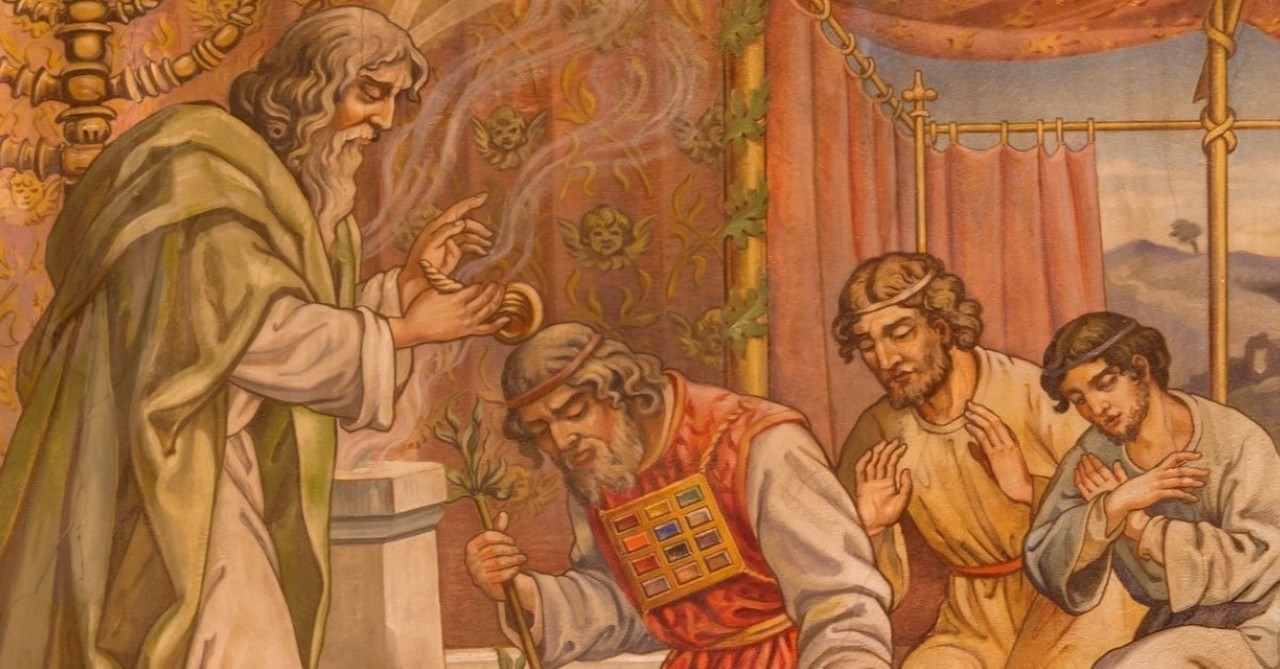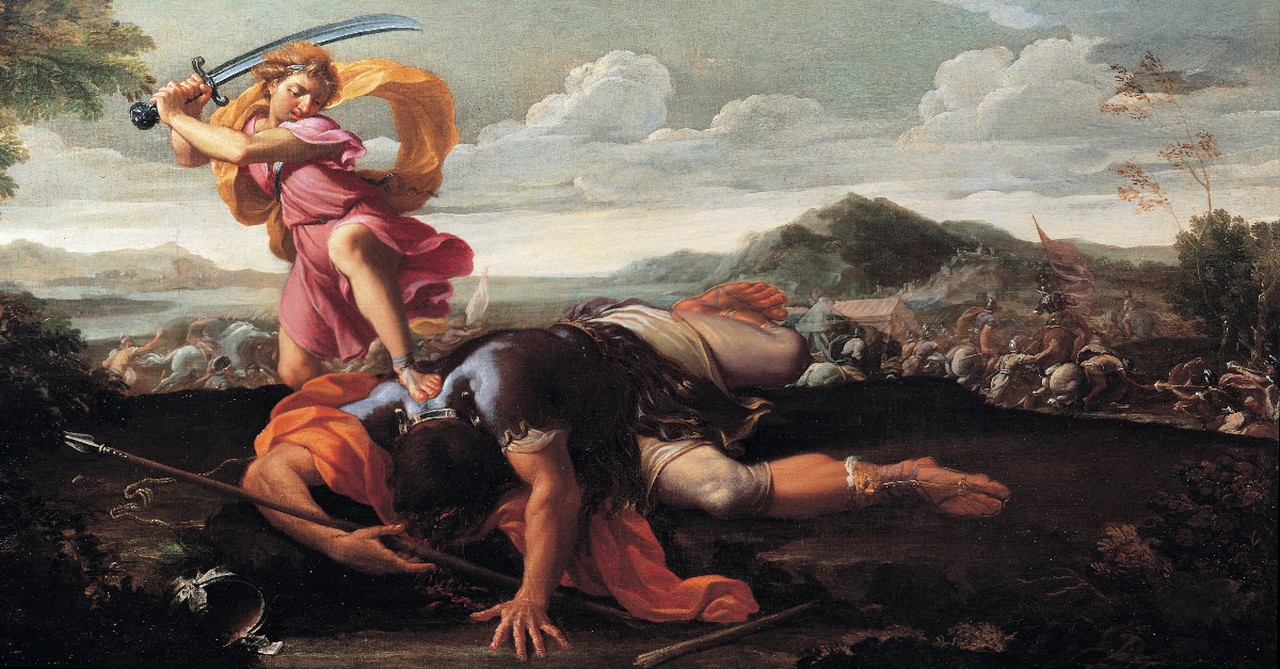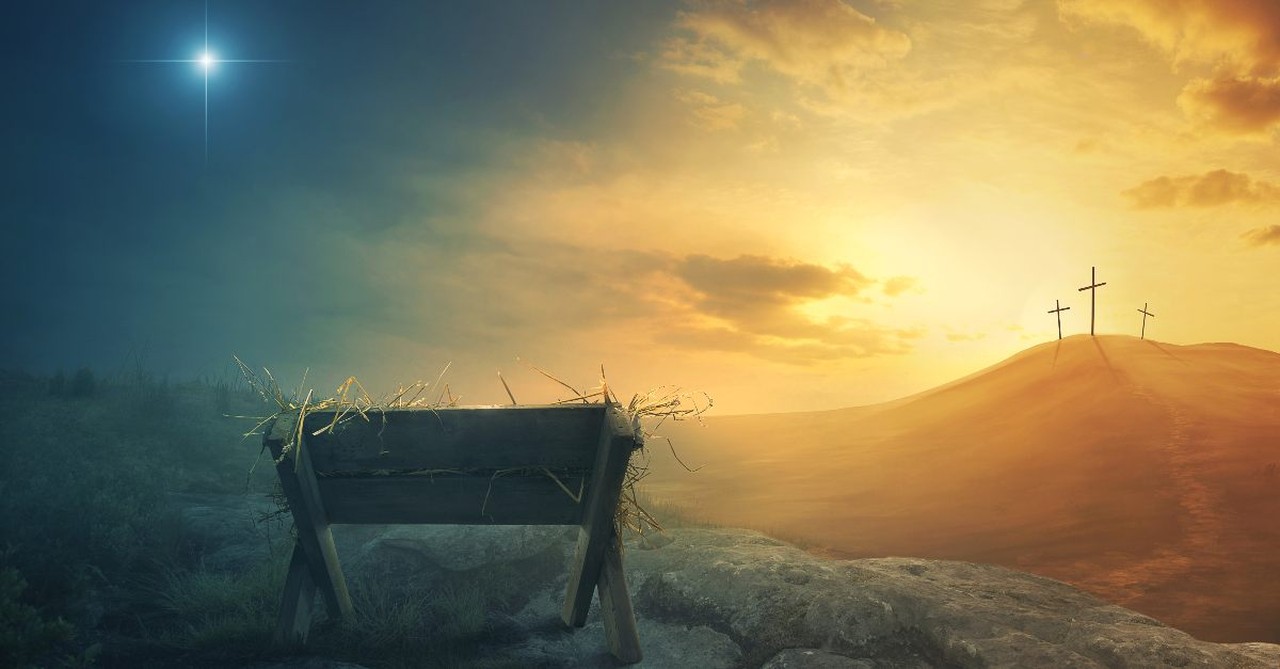The New Testament shifts the focus from physical lineage to a new spiritual one defined by discipleship and the Holy Spirit. This transition reflects God’s redemptive story expanding to include all who follow Christ, regardless of their biological ancestry.
Jesus establishes a new spiritual lineage in the New Testament through his disciples. We trace this family not by blood but by faith and the indwelling of the Holy Spirit. In Matthew 28:19-20, Jesus commands his disciples to make others like themselves. Like telling Adam and Eve to be fruitful and multiply, this Great Commission begins a spiritual family tree.
This new spiritual lineage is evident in the relationships among early Christian leaders. Jesus mentors Peter, who becomes a foundational early church leader. In Acts 2, Peter, filled with the Holy Spirit, preaches at Pentecost, leading to thousands being converted, expanding this spiritual lineage.
Barnabas, a prominent early Christian discipled in Jerusalem, mentors Paul, introducing him to the apostles and vouching for his genuine conversion (Acts 9:27). Paul, in turn, becomes a pivotal figure in spreading the gospel to the Gentiles, establishing numerous churches and mentoring other Christians, including Timothy, whom he calls his son (1 Timothy 1:2).
The spiritual lineage continues through the ages, demonstrating God’s redemptive plan's dynamic and inclusive nature. It underscores the importance of faith, the Holy Spirit, and the communal aspect of growing in Christ.
Photo Credit:©iStock /Getty Images Plus/Denis-Art


















